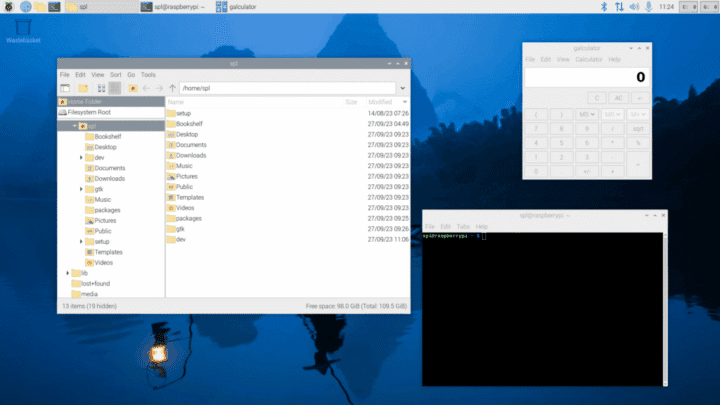Raspberry Pi has released a new version of its Raspberry Pi OS, which is the recommended free operating system for all Raspberry Pi computers. This update is likely to be the last one based on Debian ‘bookworm’, as the next major Debian release, ‘trixie’, will arrive in the coming months. Since the last full release in November, there have been a number of updates and changes aimed at improving user experience and security.
One of the main updates in this release is the introduction of a modified screen locking system. The older swaylock application, known for its plain white lock screen, has been replaced with a version that shows a more helpful interface. Now, when users lock their screen, they will see a password box and instructions, making it easier to understand what is happening. The screen can be locked using the Ctrl-Alt-L shortcut or by selecting the Lock Screen option in the shutdown menu.
Another important change deals with auto login options. In the past, if users enabled auto login to the desktop, the console (TTY) was also set to log in automatically. This created a security risk, as someone could bypass the lock screen by switching to the console. In this update, console and desktop auto login can be controlled separately. Users who want to keep their devices secure should consider turning off auto login for the console. Controls for these options are now found in both the Raspberry Pi Configuration tool and raspi-config.
Printing support has also been improved. The new release replaces the old system-config-printer application with a new Printers application, which is based on the GNOME desktop plugin. This new application aims to make managing printers simpler and more straightforward for users, addressing some confusing parts of the previous tool.
Touchscreen users will notice changes as well. Earlier versions had mouse emulation enabled by default, which allowed double-tapping to act like a double-click. While this made some actions easier, it disabled features like swiping to scroll. The new version lets users choose between mouse emulation and native touchscreen behavior in the Screen Configuration menu. Some workarounds are available for file management if users choose native touch mode, such as enabling single-click to open files or using tap-and-hold for context menus.
Other updates include the use of version 0.8.1 of the labwc Wayland window manager, which is stable though not the latest version. The OS now runs on version 6.12 of the Linux kernel. The Squeekboard virtual keyboard has been updated to allow users with multiple monitors to choose where the keyboard appears. Due to changes in the Chromium browser, the OS now ships with uBlock Origin Lite instead of the regular version of uBlock Origin. Startup times for the desktop have been improved by optimizing the wf-panel-pi taskbar application and replacing the zenity tool with a new, faster tool called zenoty. Many smaller tweaks, bug fixes, and translation updates are also included.
For more information on the latest Raspberry Pi OS release and to download the update, visit the Raspberry Pi website here.




